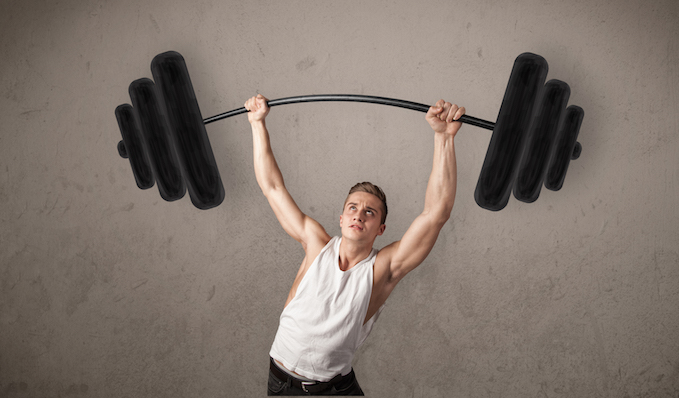When we think about fitness, balance often gets left out of the conversation. We focus on strength, endurance, or flexibility, but balance? It’s the unsung hero of overall health. Yet, it’s absolutely crucial—especially as we age. Improving stability doesn’t just prevent embarrassing stumbles; it can mean the difference between an active lifestyle and a painful injury.
Let’s talk about some practical exercises that can sharpen your balance and help you stay on your feet.
The Case for Balance Training
Why bother? Because life is unpredictable. Whether it’s uneven pavement, a playful pet underfoot, or just standing on tiptoes to grab something off a shelf, good balance is essential. It improves coordination, strengthens stabilizing muscles, and builds confidence in your movements. And here’s the kicker—balance training benefits everyone, not just older adults.
The Best Exercises for Balance
You don’t need fancy equipment or a gym membership to work on stability. Here are a few moves to incorporate into your routine:
- Single-Leg Stands: Start simple—stand on one leg for 30 seconds. Progress by closing your eyes or adding arm movements for an extra challenge.
- Heel-to-Toe Walks: Think of a sobriety test, but without the cops. Walk in a straight line, placing one foot directly in front of the other. It’s great for coordination.
- Balance Pads or Bosu Balls: If you’re ready to level up, these tools create an unstable surface that forces your core and legs to work overtime.
Strength and Flexibility: The Supporting Cast
Balance isn’t just about your feet—it’s a whole-body effort. Strengthening your core is a must because it stabilizes your spine and hips. Planks, bridges, and even yoga poses like Warrior III can do wonders. Flexibility plays a role, too. Tight muscles can throw off your alignment, so regular stretching is key.
Functional Movements Matter
Balance training isn’t just about exercises; it’s about making your everyday movements more stable. Squats mimic sitting and standing, lunges mirror stepping forward to pick something up, and reaching exercises help you stay steady when grabbing that high shelf. By practicing functional movements, you build strength and balance where it counts—in your daily life.
Mindfulness: An Unexpected Ally
Don’t underestimate the mental side of balance. Activities like tai chi or yoga teach mindfulness and focus, which are just as important as physical strength. These practices encourage you to be present in your movements, reducing the risk of missteps caused by distraction.
The Bigger Picture
Balance training isn’t a flashy trend, but it’s one of the smartest additions you can make to your fitness routine. It’s about longevity, independence, and preventing setbacks that could sideline you. A few minutes a day could save you from months of recovery after a fall—and keep you confident in every step you take.
So, let’s give balance the attention it deserves. Your body—and your future self—will thank you.






